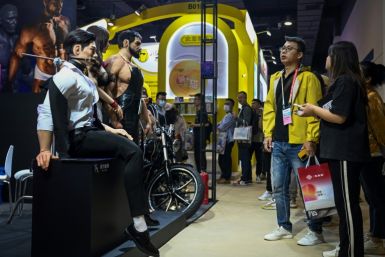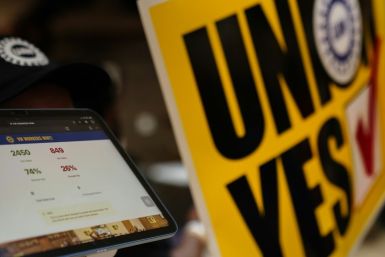U.S. FDA Approves BrainPort V100, A Gadget That Allows Visually Impaired People To See With Their Tongue

The United States Food and Drug Administration (FDA) has approved the BrainPort V100, a device that will help visually impaired people to see with their tongues, according to reports.
The BrainPort V100 translates digital information stored in a video camera into mild pattern of electrical simulations on the user’s tongue, reports The Hoop News. On the completion of the conversion process, the device aids the users to learn interpreting those visual images. The video camera comes attached to a pair of glasses and to use the device, users are required to wear the glasses, as per The Hoop News report.
The technology for the BrainPort V100 has been in the works for several years and the product was also marketed in UK, Sweden, Germany and Italy for $10,000, according to a report on Tech Times.
Powered by a battery, the BrainPort V100 is the idea of Wisconsin based Wicab Inc, reports Tech Times. "Medical device innovations like this have the potential to help millions of people," the Tech Times report quoted William Maisel, chief scientist at the FDA's Center for Devices and Radiological Health, as saying. "It is important we continue advancing device technology to help blind Americans live better, more independent lives,” the publication quoted Maisel saying further.
Rather than replacing various forms of assistance meant for blind people like sticks or guide dogs, the Brain Port V100 is designed to complement them and the device can function for a long time on a single charge, reported Tech Times.
FDA had conducted studies to observe the effectiveness of the device. Over a year, it was witnessed that almost 70 percent of the 74 subjects were able to identify objects successfully in recognition tests. Some participants felt a burning sensation as well as a metallic taste but there were no serious side effects, according to the report.
(For feedback/comments, mail the writer at pragyan.ibtimes@gmail.com)






